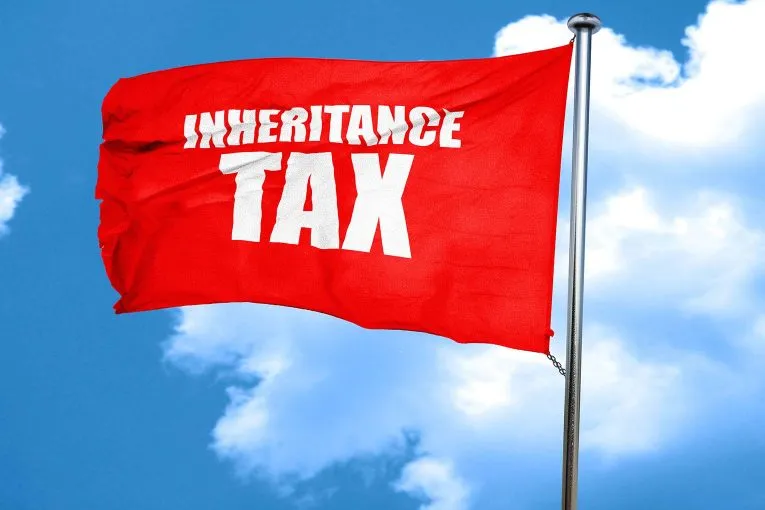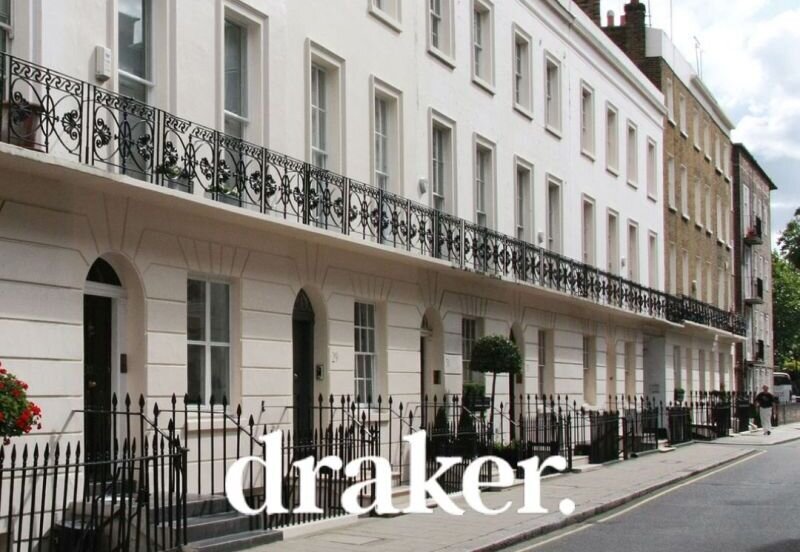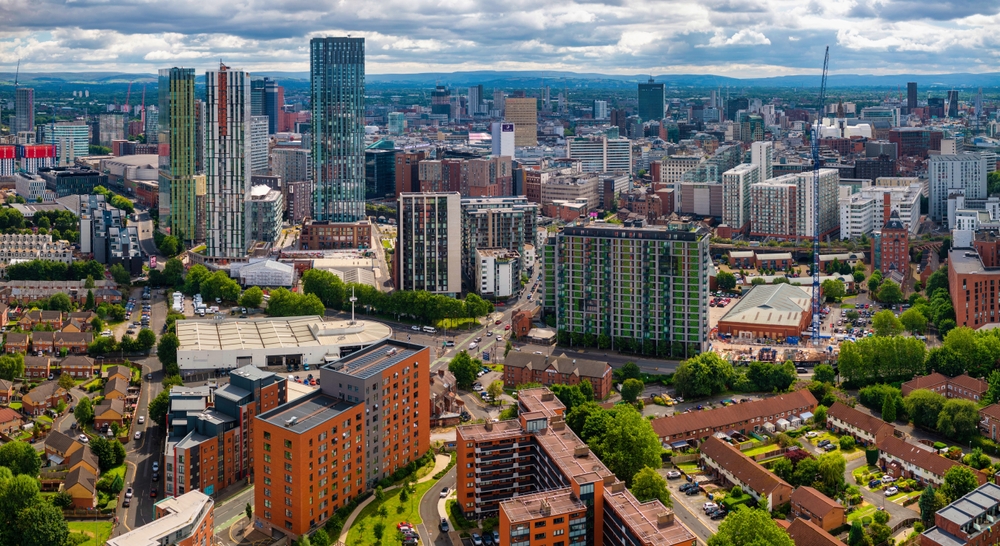Thousands of middle-income families are being drawn into inheritance tax (IHT) liabilities once reserved for the wealthy, as rising property values collide with frozen tax thresholds, according to new research by investment platform Wealthify.
The analysis shows that the average UK house price is expected to exceed the current IHT nil-rate band of £325,000 by 2035 – placing millions more households at risk of incurring six-figure tax bills on estates they may not consider to be substantial.
This trend is already playing out in HMRC’s latest figures, which reveal that IHT receipts for the 2023/24 tax year hit a record high of £7.5 billion – a 10% increase on the previous year, and part of a sustained upward trajectory since the government opted to freeze the IHT threshold in 2009.
For families who bought modest homes decades ago, especially in areas of strong capital growth such as the South East, parts of Greater Manchester and the East of England, the unintended consequence is a rising number of estates breaching the tax-free threshold – even when liquid assets are minimal.
FINANCIAL HARDSHIP

Michael Sacks, director at Sacks Properties and a property investment expert, warns that the lack of planning awareness could leave many families exposed to unnecessary financial hardship.
He says: “Inheritance tax is increasingly catching out ordinary families and not because they built vast estates, but because they bought modest homes in the right place at the right time.
“A house that was once affordable is now triggering a six-figure tax bill, despite no liquid cash being left behind to pay it. The issue is twofold: property values have soared, but public awareness hasn’t kept pace.”
NOT A SUPER-RICH PROBLEM
And he adds: “Too many families assume inheritance tax is a problem for the super-rich, and don’t realise they’re exposed until it’s too late. By which point their planning options are limited.
“The good news is that there are ways to ease the burden, from gifting property early to setting up trusts to structuring assets carefully, which in turn can all make a big difference if you act early.
“Our more astute investors are already taking action by downsizing and releasing hundreds of thousands of pounds they can use to invest in property in the names of their children. Thus setting up their families for a wonderful life financially.”
FISCAL DRAG
Critics of the current system argue that freezing the IHT threshold for over a decade – alongside rising property inflation – has created a stealth tax on generational wealth.
While the average UK house price is currently around £281,000 (as of March 2024, according to the ONS), many regional markets have already surpassed the IHT nil-rate band when other assets such as pensions, savings, or investments are factored in.
Even with the residence nil-rate band, which provides an additional £175,000 allowance when passing a family home to direct descendants, the £2 million taper threshold limits this benefit for higher-value estates, and its complexity continues to confuse taxpayers.
PLANNING GAPS
Despite growing exposure, research by HMRC and independent financial advisers suggests that a large proportion of middle-income families have not considered formal estate planning. Fewer than one in five eligible estates make use of available tax reliefs or strategic planning tools, such as gifting, lifetime transfers, or property structuring.
Industry experts warn that unless more people are encouraged to seek advice earlier, the Treasury’s IHT takings will continue to climb – fuelled not by high-net-worth individuals, but by average households caught unaware.










